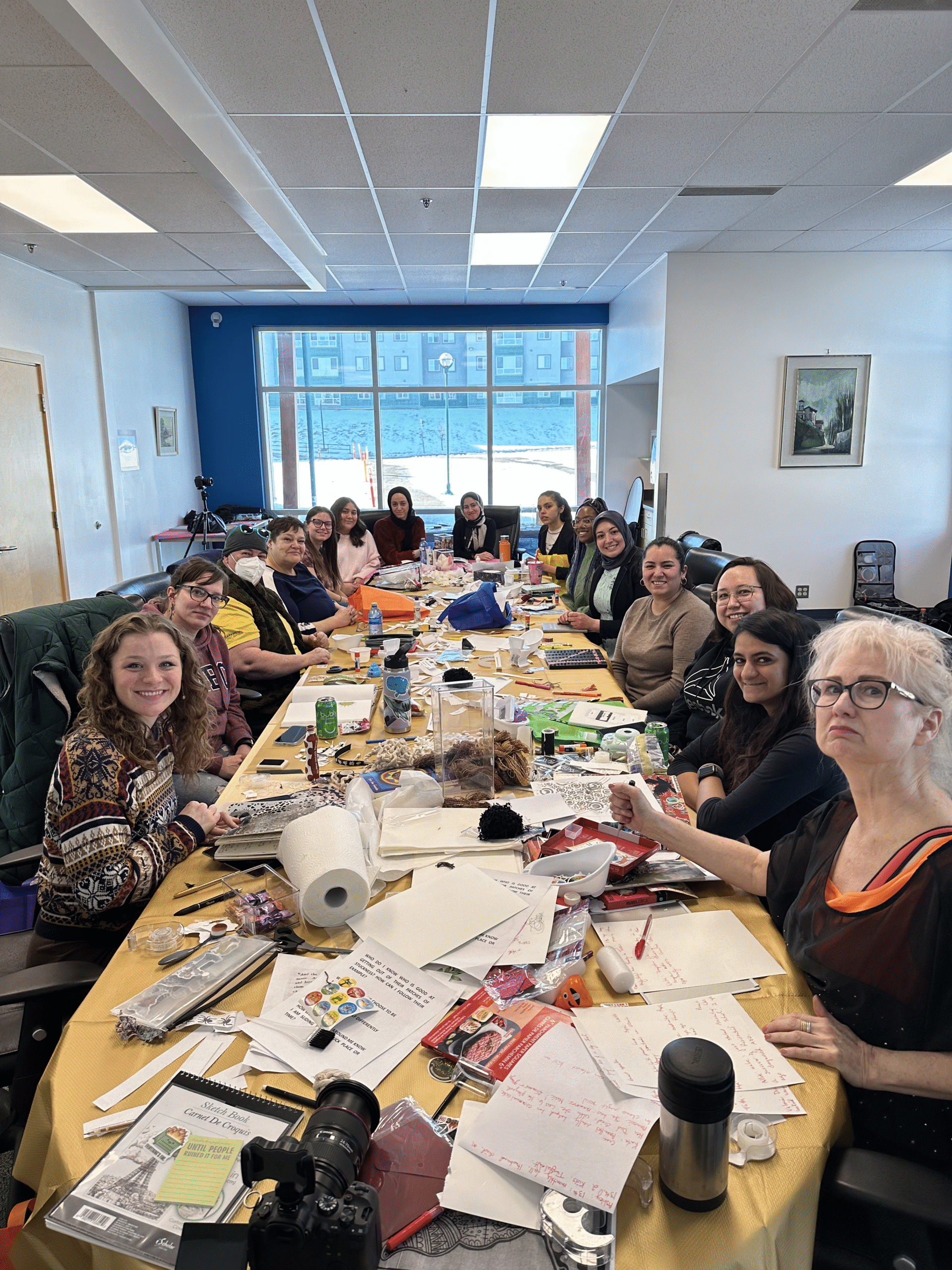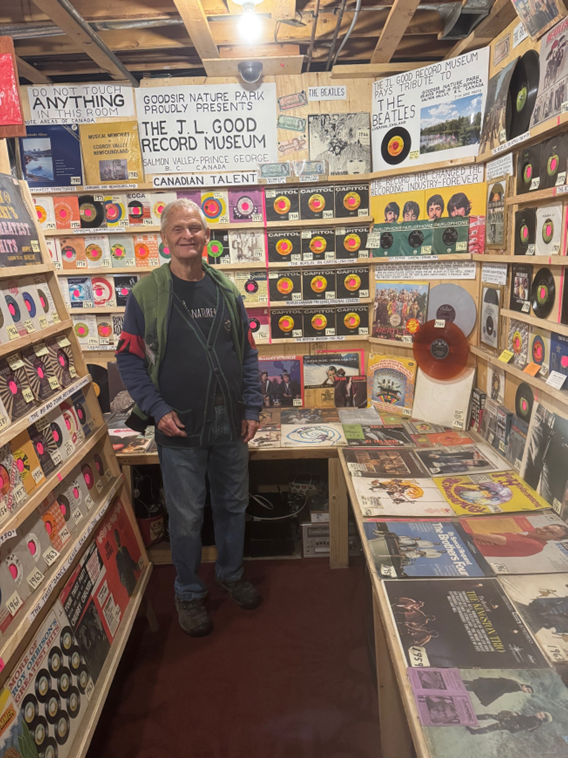Introduction:
Art therapy stands as a unique and powerful form of therapy, harnessing the creative process and artistic expression to promote healing and well-being. This comprehensive guide delves into the multifaceted aspects of art therapy, exploring its history, techniques, benefits, and applications in various settings.
History and Evolution of Art Therapy:
Art therapy’s roots trace back to the early 20th century when psychiatrists and psychologists began recognizing the therapeutic potential of artistic expression. Pioneers such as Margaret Naumburg and Edith Kramer laid the foundation for the field, emphasizing the importance of art in understanding and treating psychological distress.
Over the decades, art therapy evolved as a distinct discipline, incorporating theories from psychology, psychoanalysis, and the arts. The integration of expressive arts modalities expanded the scope of art therapy, offering diverse avenues for self-expression and healing.
The Therapeutic Process:
At the heart of art therapy lies the therapeutic process, which involves the creation of art as a means of communication and exploration. Clients are encouraged to express themselves freely through various art mediums, including drawing, painting, sculpting, and collage.
The non-verbal nature of art allows individuals to access and express emotions that may be difficult to articulate verbally. Through the creation of art, clients can gain insight into their thoughts, feelings, and experiences, fostering self-awareness and personal growth.
Moreover, the therapeutic relationship between the client and the art therapist plays a crucial role in the healing process. Art therapists provide a supportive and non-judgmental environment where clients feel safe to explore and confront their innermost struggles.
Benefits of Art Therapy:
Art therapy offers a wide range of benefits for individuals of all ages and backgrounds. One of its primary advantages is its ability to promote emotional expression and release. Creating art can serve as a cathartic outlet for processing difficult emotions such as grief, anger, and anxiety.
Additionally, art therapy enhances self-esteem and self-confidence by fostering a sense of accomplishment and mastery. As clients engage in the creative process and witness their artistic creations take form, they develop a greater appreciation for their abilities and strengths.
Furthermore, art therapy promotes stress reduction and relaxation, providing a much-needed respite from the demands of daily life. Engaging in artistic activities can induce a state of flow, where individuals become fully immersed in the present moment, free from worries and distractions.
Applications of Art Therapy:
Art therapy finds applications in a variety of settings, including mental health clinics, hospitals, schools, and community centers. It is used to address a wide range of issues, including trauma, addiction, eating disorders, and chronic illness.
In mental health settings, art therapy serves as a complementary approach to traditional talk therapy, offering clients alternative means of expression and exploration. It is particularly effective for individuals who may struggle to verbalize their experiences, such as children, adolescents, and those with developmental disabilities.
In medical settings, art therapy helps patients cope with the physical and emotional challenges of illness and treatment. It can reduce symptoms of pain and anxiety, improve coping skills, and enhance overall quality of life for individuals facing chronic and life-threatening conditions.
My Experience:
Embarking on a journey of self-exploration through art therapy sessions led by Si Transken has been an illuminating and enriching experience. Si, a seasoned art therapy facilitator and distinguished professor of social work, brings a unique blend of expertise and creativity to each session. Over the course of five sessions, I’ve had the opportunity to delve into a diverse range of artistic mediums, from traditional canvases to unconventional objects sourced from everyday life.
What sets Si’s approach apart is her remarkable ability to transform ordinary objects into powerful metaphors for understanding and processing complex emotions. One memorable instance was during a session focused on grief, where Si distributed pieces of train track to the group. Through this simple yet profound gesture, she illustrated how grief can feel like a series of small, incremental steps on a journey toward healing. By engaging with these symbolic objects, I found myself gaining deeper insights into my own experiences and emotions, fostering a greater sense of clarity and acceptance.
Moreover, Si has a knack for infusing each session with a sense of joy and spontaneity. Whether it’s incorporating unexpected objects into our creative explorations or introducing playful activities to stimulate our imaginations, she consistently creates an environment that feels welcoming, inclusive, and safe. This sense of warmth and camaraderie has allowed me to fully immerse myself in the creative process, letting go of inhibitions and embracing the opportunity for self-expression and growth.
Beyond her role as a facilitator, Si’s expertise as a professor of social work enriches the sessions with a deeper understanding of human behavior and psychological dynamics. Her insights into the intersection of art and therapy provide valuable context and guidance, empowering participants to explore their inner worlds with greater insight and intentionality.
In essence, my experience with art therapy under Si’s guidance has been nothing short of transformative. Through her innovative techniques, compassionate guidance, and unwavering dedication, Si has created a space where healing, self-discovery, and personal growth can flourish. Each session with Si has been a journey of exploration, reflection, and empowerment, leaving me inspired and deeply grateful for the transformative power of art therapy.
Conclusion:
Art therapy stands as a powerful and versatile therapeutic approach, offering individuals a unique pathway to healing and self-discovery. Through the creative process, clients can express themselves, gain insight into their experiences, and develop the skills needed to navigate life’s challenges.
As the field of art therapy continues to evolve, its potential to promote mental, emotional, and physical well-being remains boundless. By exploring the healing power of art therapy in its many forms, we can unlock new possibilities for personal transformation and growth.
In summary, art therapy is not merely about creating art; it is about harnessing the innate human capacity for creativity to promote healing, resilience, and connection. As we delve deeper into its principles and practices, we discover that the canvas of healing is vast and infinitely rich with possibilities.






